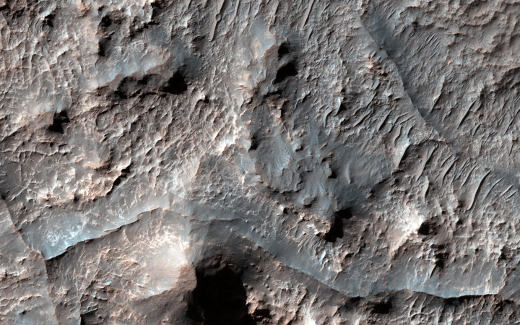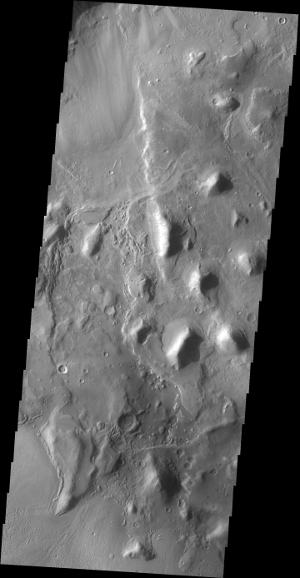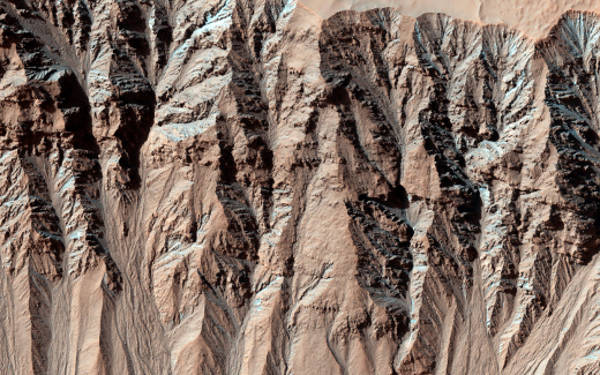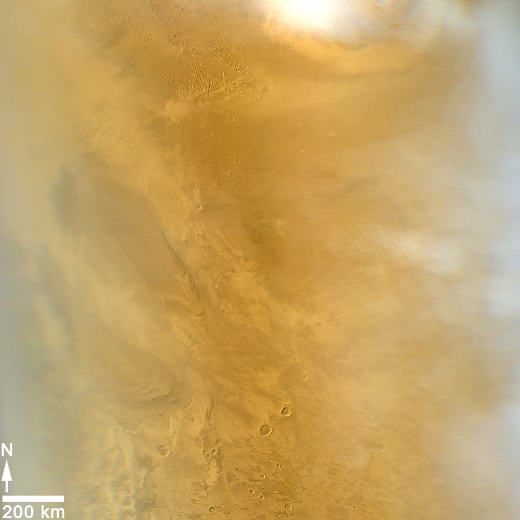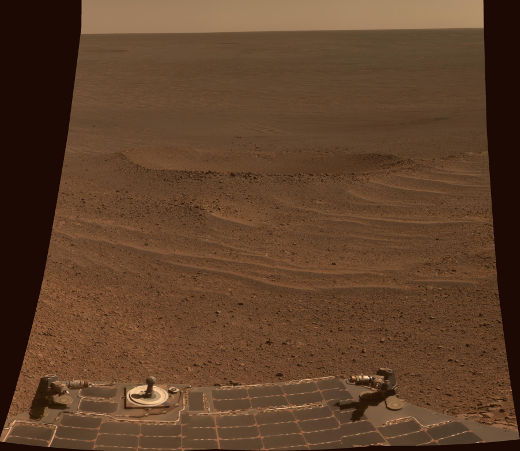
The panoramic camera on NASA’s Mars Exploration Rover took this picture of the 20 feet wide Lunokhod 2 crater. The Opportunity Rover approaches this area which is in the western rim of Endeavour Crater. Along with the now familiar reddish-brown, desert like Martian landscape, we can also see the rover’s rear solar arrays and a calibration target used to tweak its panoramic camera. This picture was taken on April 24, 2014 which was Opportunity’s 3,644th Martian day of exploration. This exploratory drive and every one since then, see Opportunity make new records for the longest travel on wheels on a celestial word, other than Earth. It surpassed the Soviet Union’s Lunokhod 2 rover’s exploits on our Moon.
